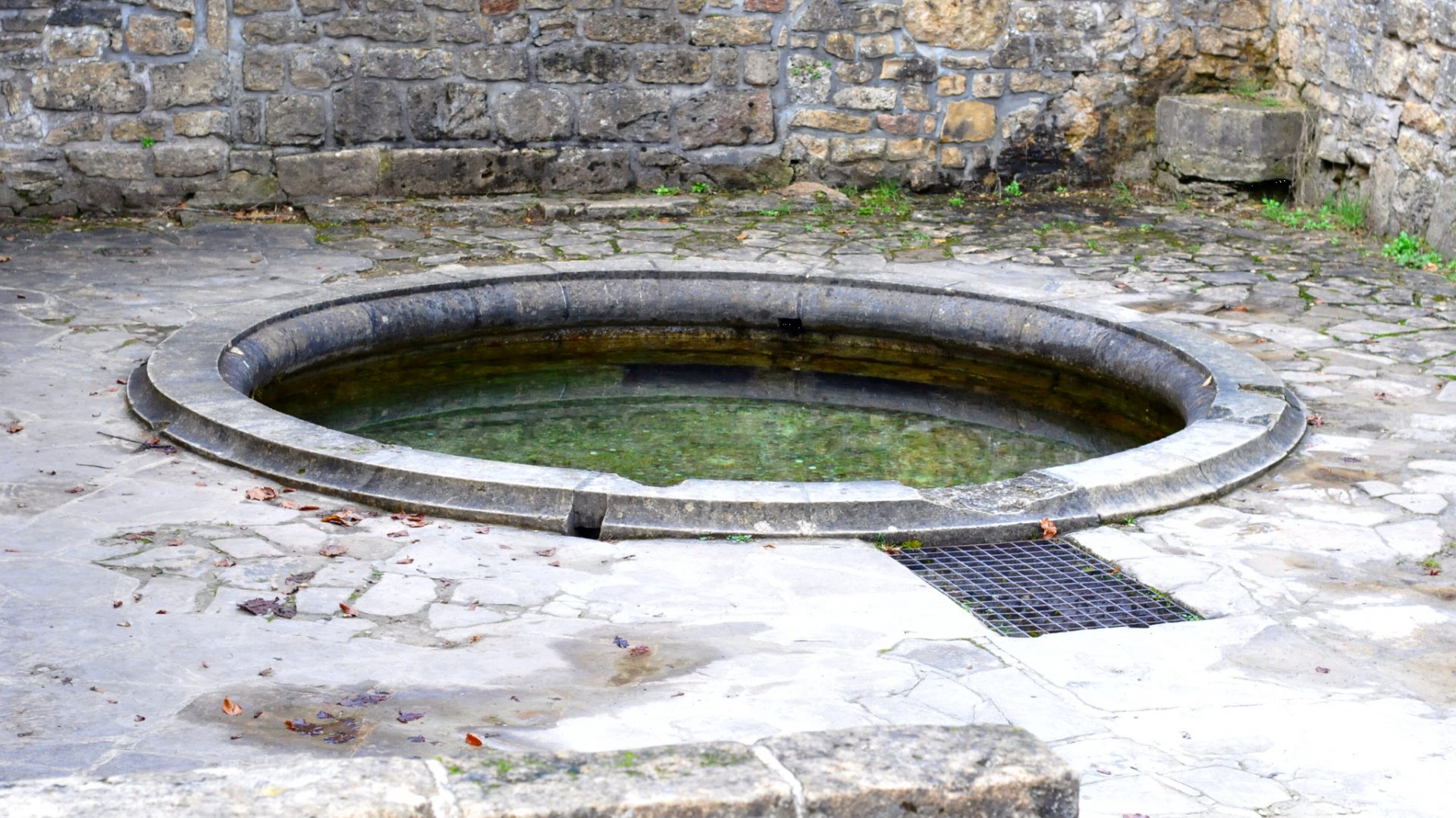 Diacetyl is one of the most common off-flavors in beer. As someone who works in the industry, it’s something I’ve become intimately familiar with. I’ve tasted it in dozens of samples from new breweries seeking representation as well as in established breweries that may be growing faster than their capacity might allow. Additionally, I live in Oregon where the state liquor control doesn’t allow wholesalers to clean draft lines leaving it up to retailers to secure their own line cleaning services. I’ve smelled and tasted a lot of diacetyl in my 16+ year career in the beer business. But what is diacetyl, and how do you detect it?
Diacetyl is one of the most common off-flavors in beer. As someone who works in the industry, it’s something I’ve become intimately familiar with. I’ve tasted it in dozens of samples from new breweries seeking representation as well as in established breweries that may be growing faster than their capacity might allow. Additionally, I live in Oregon where the state liquor control doesn’t allow wholesalers to clean draft lines leaving it up to retailers to secure their own line cleaning services. I’ve smelled and tasted a lot of diacetyl in my 16+ year career in the beer business. But what is diacetyl, and how do you detect it?
If you’ve noticed your beer smelling like movie theater buttered popcorn or butterscotch, you may have a diacetyl problem in your glass. In the highest concentrations, diacetyl can reach rancid levels of nasty butter. It can also add an oily or slick texture to the mouthfeel. What is it, though? How does it get in beer? Diacetyl is a naturally occurring part of the brewing process and is a by product of the normal function of yeast. The amount of diacetyl created by the yeast is dependent on both the strain of the yeast and the conditions. It’s present in most beers but is undetectable below .1ppm (parts per million). There are even some styles where a touch of diacetyl is an acceptable part of the style flavor profile. Different people are genetically more or less sensitive to it while some are completely “blind” to it.
When yeast consume the sugar in wort, they excrete alcohol and CO2 along with a whole host of other chemicals that provide a large part of the flavor profile in beers (more so in ales than lagers). One of those yeast fermentation byproducts is alpha acetolactate, a precursor, which breaks down chemically to produce diacetyl. Given enough time, yeast will reabsorb the diacetyl eliminating the problem through the natural processes of brewing.
This only works if the yeast is producing reasonable amounts of diacetyl. If the brewer’s wort isn’t providing enough nutrients, especially the amino acid valine, the yeast will have to produce its own which leads to an excess production of the alpha acetolactate precursor. Assuming the brewer provides the yeast with the nutrients it needs, the last ingredient is time.

Diacetyl Rest
Diacetyl often arises with breweries who are reaching capacity and are trying to trim time off the brew to push more beer out the door. If the cooling process is started too quickly, too much yeast will drop out leaving too few to take up the diacetyl. In lagers, diacetyl is very noticeable. To allow lower temperature loving lager yeast to have a chance to tackle the diacetyl, brewers will give the beer a “diacetyl rest.” By raising the temperature to 60°F-68°F, the higher temperature increases the metabolism of the yeast allowing them to quickly eliminate the diacetyl.
Bacteria
Yeast aren’t the only culprits of diacetyl creation. Even with proper yeast management, poor sanitation and cross contamination of other microbes,Lacto and Pedio, can lead to unintended diacetyl production. The diacetyl produced by bacteria is much harsher tasting, resembling sour butter.
At the Bar
The last major place diacetyl is created is at the retailer. Dirty draft lines can house a variety of bacteria and wild yeast, all of which love producing diacetyl for the express purpose of ruining your drinking experience. It doesn’t matter how great of a job a brewery does producing a clean beer, if the retailer doesn’t take draft system maintenance seriously, the end product will come out tasting bad. Draft cleaning is definitely an area where you get what you pay for. In Oregon, the Oregon Liquor Control Commission doesn’t allow wholesalers to clean lines. Retailers are responsible for cleaning their own lines or to hire an independent company to do it. Retailers often go with the cheapest option available which means the cleaner has to cut costs in either time or chemicals or both to make it profitable. If your favorite beer from a reliable, quality brewery tastes of butter or worse, rancid butter, you and the brewery may be victims of a retailer cutting corners.
If you have a question about beer or cider, feel free to contact me or check Q & Ale/Apple to read other topics.
Sources:
- “The Oxford Companion to Beer,”edited by Garrett Oliver
- Diacetyl Timelines by Christopher White, Ph.D. (White Labs)
- Off Flavor of the Week: Diacetyl by Dave Carpenter (Craft Beer & Brewing Magazine)

